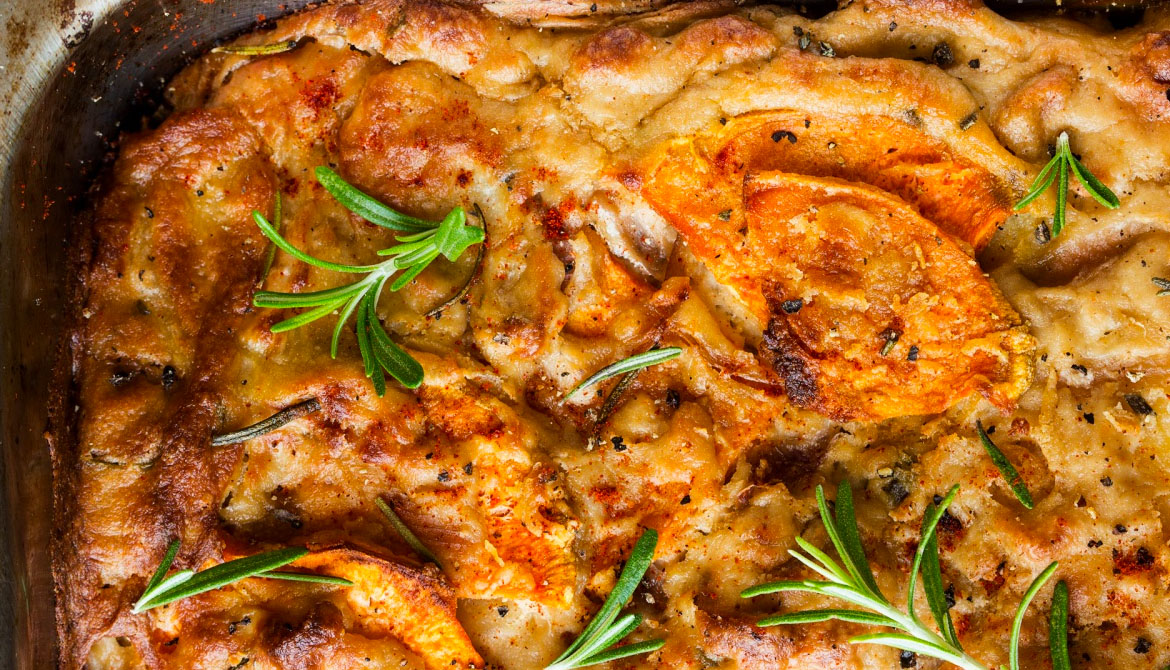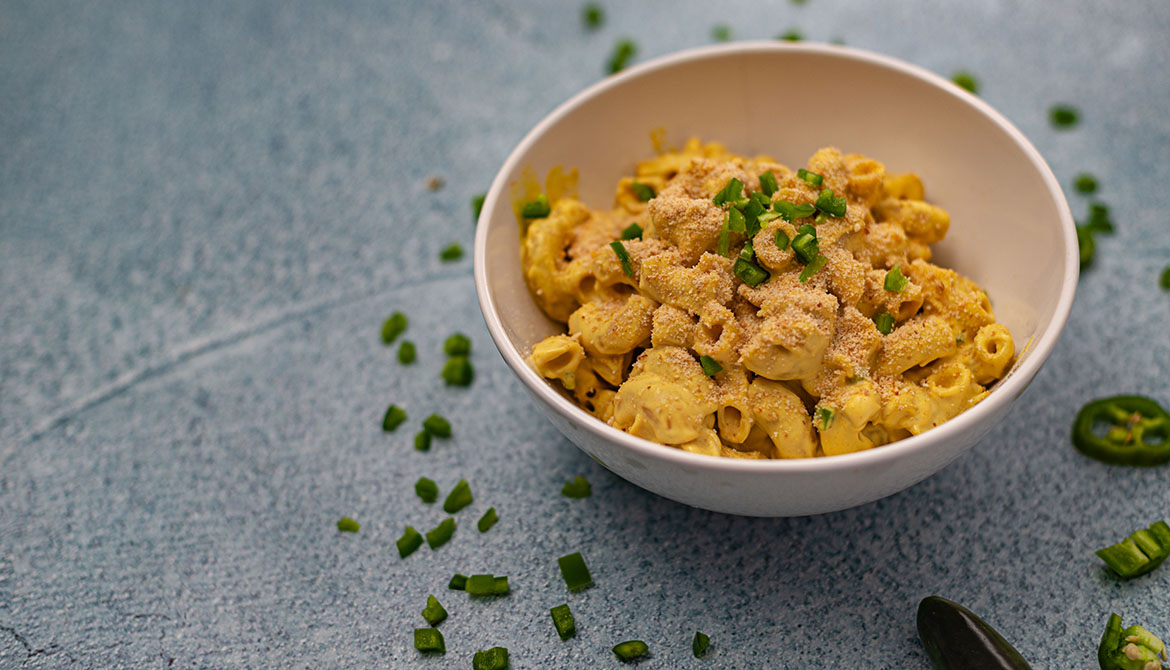5 Tips to Kick Your Cheese Habit

Many of us grew up with dairy cheese front and center on our plates. Whether it was smothering a dish of mac n’ cheese, melting on a steaming pizza, or sprinkled over a pile of spaghetti, cheese was a traditional part of our most memorable comfort foods.
But there are some good reasons it’s time to fight the urge to get your cheese fix. No matter how you slice it, when you look at the impacts on our health, the environment, or animals’ lives, dairy cheese is stinkier than a ripe Camembert.
Do it for health
Dairy cheese is hard to digest for a good swath of the adult population, no matter your ethnicity. For example, according to Physicians Committee for Responsible Medicine, “Approximately 70% of African Americans, 90% of Asian Americans, 53% of Mexican Americans, and 74% of Native Americans are lactose intolerant.” Consuming milk and dairy when lactose intolerant causes stomach pain, gas, constipation and fatigue.
Cheese consumption is also linked to chronic illness because it isn’t just loaded with saturated fat, which contributes to obesity, heart disease, and diabetes. It’s also high in sodium. Also, a 2015 study by PCRM suggested that a chemical in cheese was as addictive as drugs, causing an opioid-like effect.
The planet pleads with you
Dairy cheese, along with all dairy products, is also harmful to the environment. In addition to being a major producer of carbon and methane emissions, the dairy industry uses and pollutes a huge amount of water, which is used not just for the animals to drink, but also to wash tons of manure out of milking facilities. And even more drinking water is wasted to process milk into cheese.
5 tips to kick the dairy cheese habit
But with plenty of hacks and dairy-free alternatives now available, it’s easier than ever to make compassionate, climate-friendly food choices you feel good about, without giving up the creamy, savory goodness. Here are our top five tips for cutting back on cheese (starting with one meal a day!) in 2019:
Think texture. To replicate cheese’s gooey consistency, OMD’s North Carolina Field Organizer, Zakiyaa Taylor uses carrots and potatoes as the base to make creamy “cheeze” sauces, taking advantage of the gluey consistency that develops when potatoes are overworked. She’s also able to replicate the string-like effect of melted cheese by adding tapioca starch, as seen in one of her favorite recipes for vegan nacho cheese.
Pile on the umami. Zakiyaa stirs white or yellow miso into dishes to give them a hearty, cheesy flavor. Like cheese, miso is a naturally occurring source of glutamates, which is responsible for our perception of savoriness. You can try it in this recipe for scalloped potatoes.

Image: lazycatkitchen.com
Add some tang. While we often think of cheese as soft and creamy, it’s easy to forget that it also brings a sharp or tangy quality to the dish. Replicate that kick of brightness with a little mustard, as seen in our recipe for Jalapeño Popper Mac & Cheese— the grape juice found in some mustard varieties is another natural source of glutamates. Or, you can also add a splash of apple cider vinegar or plain kombucha for a similar effect.

Try lactic acid. Practice a little DIY molecular gastronomy. Food grade lactic acid is available at many online retailers. This additive is sourced from the fermentation of beet sugar or corn, doesn’t contain any animal products, and is used by many commercial producers to simulate cheesy flavor in a way that’s indistinguishable from the real thing.

Go commercial. Vegan cheese has come along way! Whether you’re slicing it off to eat on crackers or crumbling it over a salad, there are plenty of delicious dairy-free cheeses in the supermarket to satisfy your cravings. Some of our favorites are Miyoko’s Double Cream Chive, Follow Your Heart Smoked Gouda, and Field Roast’s Chao.
What's Next?
Get cookin’! Head over to our blog to discover more recipes and learn more about how OMD is changing the food system.


